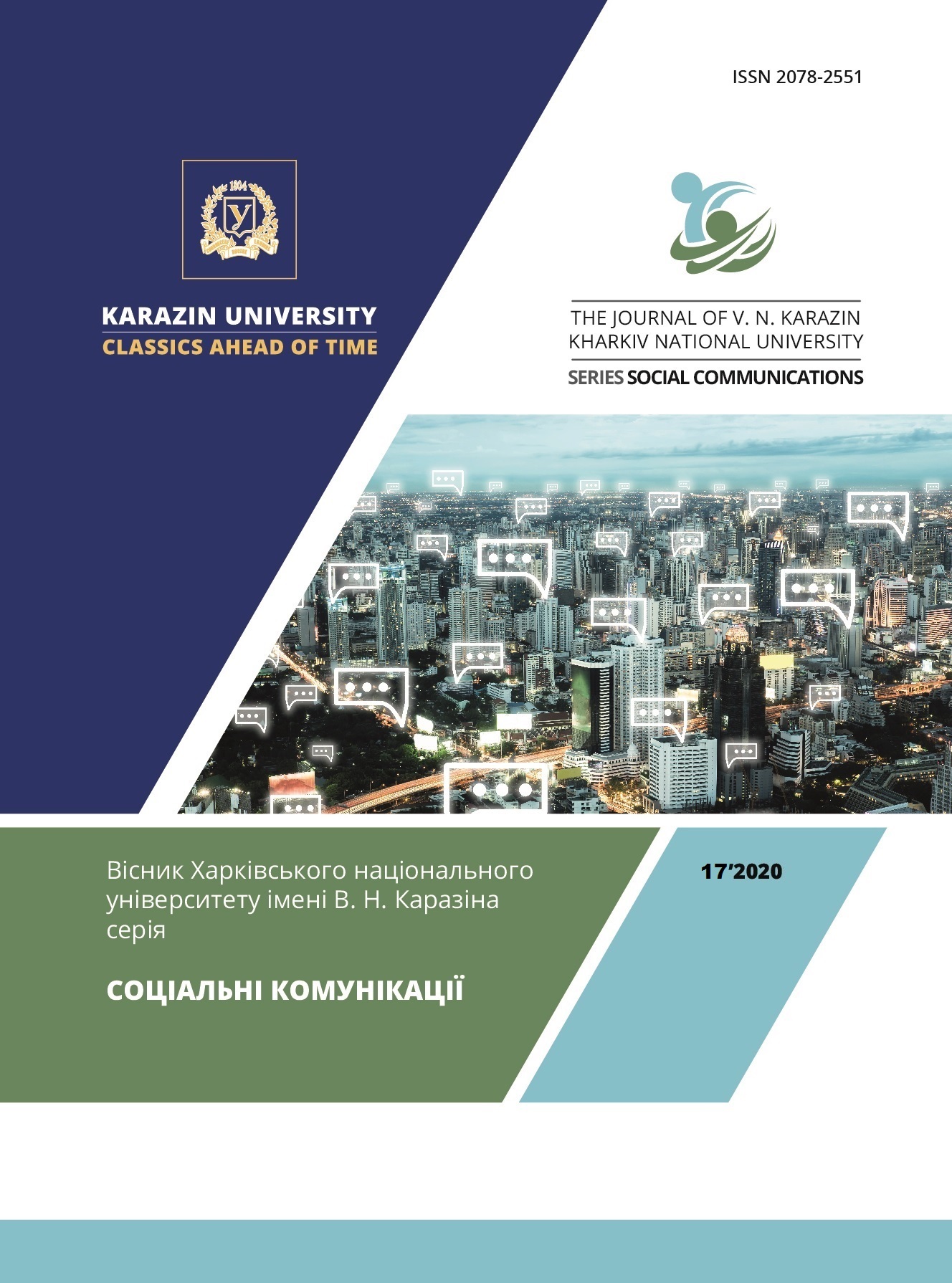Взаємодія мов у контексті багатомовності
Анотація
У цій статті розглядається проблема полілінгвізму в контексті взаємодії казахської та російської мов на території Республіки Казахстан (РК). На основі теоретичного аналізу автори статті дають картину сучасного стану полімовного середовища серед молоді Казахстану. Історичне розширення в культурному аспекті мовного досвіду людини від рідної мови (або мови, що вживається в сім’ї) до оволодіння мовами інших народів (вивченими у школі, коледжі, ЗВО чи безпосередньо в мовному оточенні) формується багатомовність. Формується комунікативна компетенція на основі всіх знань та всього мовного досвіду, у взаємозв’язку та взаємодії мов. Із метою забезпечення успішної комунікації людина, відповідно до ситуації, користується різними комунікативними навичками застосування мов. Це кардинальним чином змінює напрямок та процес мовної освіти, де метою є не просте оволодіння окремо взятими двома або трьома мовами, а їхня активна взаємодія, розвиток такого лінгвістичного репертуару, де є місце всім лінгвістичним умінням. У зв’язку із цим у РК розробляються інструменти, що сприяють розвитку полімовного комунікативного середовища. Політика полімовної освіти в навчальних закладах Республіки Казахстан містить ідею інтеграції змісту загальної мовної та іномовної освіти, оскільки мовна картина у країні свідчить про казахсько-російський, національно-казахський, національно-російський білінгвізм і казахсько-російсько-національну тримовність. Найважливіший напрямок культури міжнаціонального спілкування в Казахстані – історично сформована двомовність, що дає можливість спілкуватися з великою кількістю людей, долучатися до матеріального та духовного багатства, виробленого носіями мови іншого народу, ближче і глибше знайомитися з його історією, культурою. У Казахстані важливою ознакою багатомовності є вплив російської мови на функціонування та розвиток казахської мови.




